User penetration for eCommerce is expected to hit 51% in 2021 and 63% by 2025. For marketers, this ever-increasing pace means putting relentless effort into making their businesses visible and successful online.
Sometimes, it’s worth opening yourself up to fresh ideas and considering new ways to appear on your target audience’s radar. If you want to keep up with the competition and even get ahead of it, give these eCommerce strategies a try!
Content:
- 14 eCommerce marketing strategies to consider
- Create an expert blog
- Explore new communication channels
- Ask for feedback
- Make shopping more flexible
- Reward new customers and produce repeat clients
- Collaborate with other brands and professionals
- Make your website faster
- Smooth the buyer’s journey
- Polish your online reputation
- Partner up with influencers on social media
- Tag your products on Instagram
- Start a referral program
- Inject more value into your content
- Create landing pages
- From theory to practice
14 eCommerce marketing strategies to consider
When you feel like you’ve tried everything, it’s time to adopt a new strategy to inject life into your marketing efforts. Today, you’ll discover 14 new eCommerce strategies you can combine or try one by one if your resources are limited.
Regardless of the scale of your business, they’ll prove effective because they’re based on well-established consumer behavior patterns and the latest SEO trends. We’ll also link to our relevant articles so that you will get a chance to learn even more about eCommerce marketing strategies, best practices, and tools.
Create an expert blog
The times when marketers could talk about nothing but their product are over. Now, it’s important to gain trust and establish thought leadership by creating unique, valuable content that will keep users glued to your blog. The benefits of having a strong content marketing strategy are immense: you attract and retain customers, boost brand awareness, and gain backlinks to your resource.
By blog, we mean any resource that your audience can subscribe to. It could be a YouTube channel where you organize live chats with experts and upload tutorials and reviews or your company’s blog where you embrace storytelling and share your practical knowledge and your philosophy.
The good news is that there is always something to write or make a video about, regardless of your niche. If you’re not sure what kind of expert content you need to produce for your audience, take a look at the examples below.
On their blog, Etsy’s team decided to focus on their sellers, and that decision turned into a series of inspiring posts featuring talented creators sharing their work. It’s a win-win: they tell real and engaging stories and showcase their products at the same time. Readers are one click away from a product page, but no one is pressuring them to buy — their interest grows naturally as they learn personal stories behind some of the items available on Etsy.

Ritual’s blog is another wonderful example of how you can stay authentic and publish emotional, valuable, and educational content while subtly promoting your brand. They sell supplements, so the main themes of their blog are nutrition, lifestyle, and science. But they also incorporated interviews.
This way, users can learn about the benefits of taking supplements from the stories of successful athletes, medical professionals, and influencers. This approach is incomparably more convincing than just a dry product description.

Explore new communication channels
There are too many platforms to stick to just one — try conquering new social media platforms that your audience is actively using, and you’ll increase the chances of your brand getting noticed. Exploring a new channel doesn’t mean you need to ditch your brand personality. The opposite will happen — you’ll be able to demonstrate new sides of your brand without losing authenticity.
Here is how Crocs has taken advantage of TikTok’s video format and started recording funny videos with their legendary footwear:
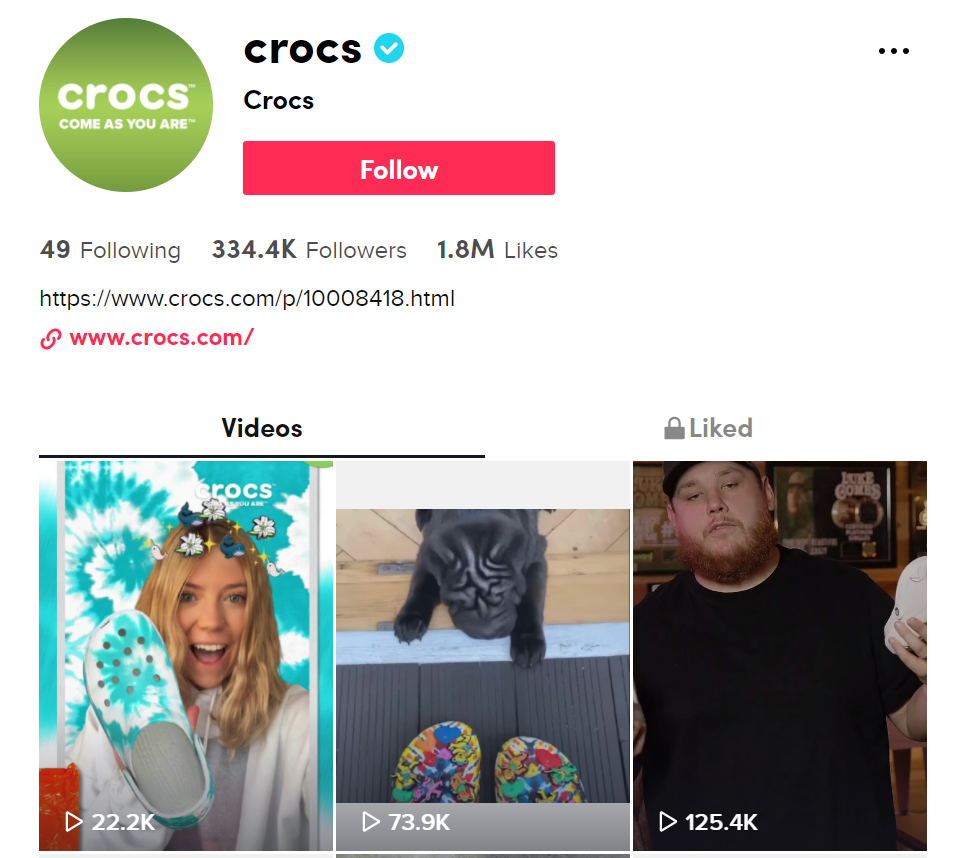
Twitter is another platform many brands are still afraid to step on. Skullcandy isn’t one of them; they use Twitter to promote the artists they collaborate with as well as their new products. To get the most out of it, they post short videos instead of just sharing links.

You can also dive deeper into conversational marketing and use messengers for instant communication with your customers. They’re best suited for friendly, informal conversations — you can also use them to provide 24/7 customer support. We recommend trying WhatsApp, Facebook Messenger, or Telegram since they are the biggest players on the market.
Ask for feedback
When you don’t know where to go, it’s smart to ask your audience what they think about and expect from your brand. Customer feedback will give you insight and point out the gaps in your customer service that you need to fill. Also, after collecting feedback, you might get a few informative testimonials that you can place on your website.
When asking for customer feedback, it’s better to stay open about how your users’ answers will affect your product or customer service. Also, don’t forget to mention how long it will take to fill out your form.
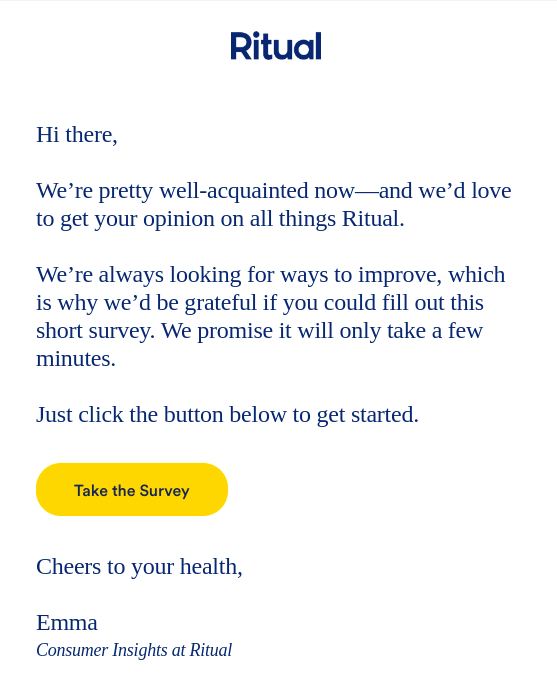
You can also automate your email campaign and send surveys the day after a purchase to measure customer satisfaction, fix problems the moment they occur, and prevent negative reviews.
Make shopping more flexible
Customers like having choices, and this applies to their whole shopping experience, not just the process of adding items into their cart. Try adding more delivery and payment options, currencies, and languages to turn the buyer’s journey into a smooth ride, and you will likely see higher conversion rates.
For example, by adding an in-store pick-up option, you’ll win over customers that don’t like waiting for deliveries and would rather walk in and take their order in person. And, by adding a professionally edited and translated copy instead of offering a poor Google translation, you’ll help users from other countries place their orders with confidence.
Here is how Macy’s partnered with a third-party service to be able to send their items around the globe:
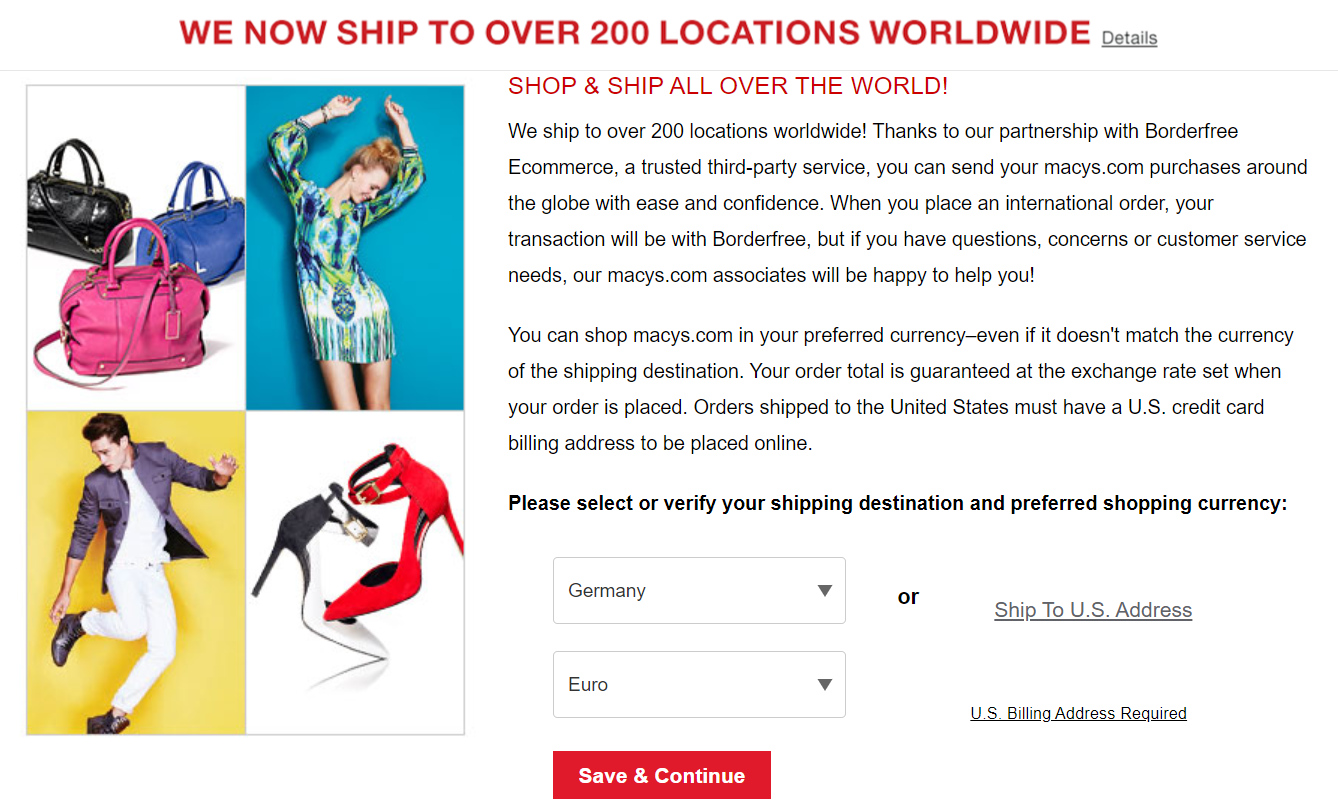
They’ve also added an option of switching between countries and currencies in one click. It certainly makes the life of their customers much easier.
If you put a lot of effort into that, make sure your users won’t miss the fact that now you offer safe delivery, a clear return policy, or other niceties. Follow this example by Poshmark and present all your options as a package:

And here is an additional example of this eCommerce strategy implementation. Kohl’s offers free returns, a few convenient delivery options, and contactless payments — they describe all these advantages on one page so that users will immediately see how easy it is to make a purchase:
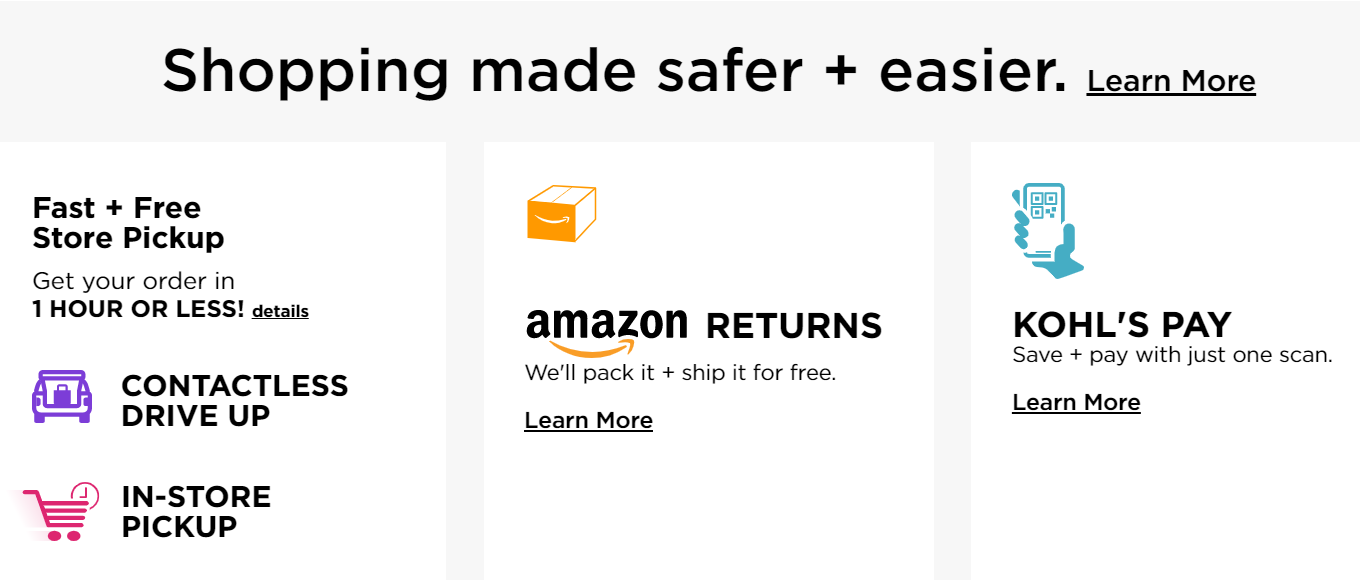
Reward new customers and produce repeat clients
Start with a classic trick — give a discount on the first order. It’s a lead magnet helping you collect email addresses and nurture those leads later on. It helps to mention that you’ll not only send promotional emails but also helpful content.
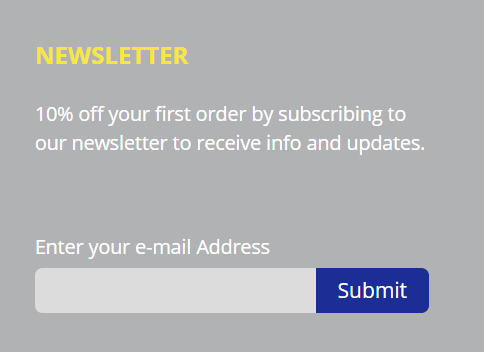
You can also target specific groups and turn them into your devoted customers by offering a special discount:
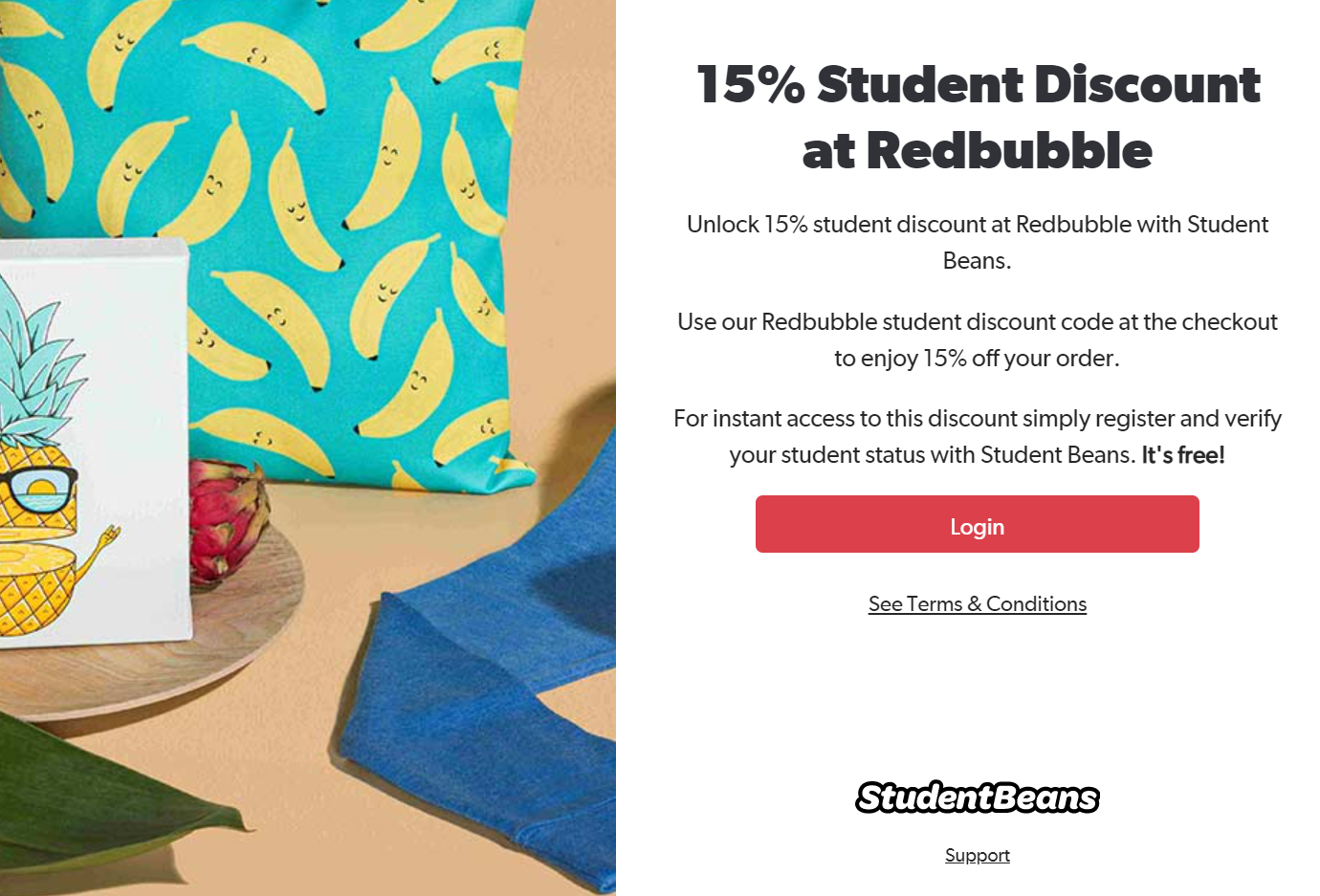
Collaborate with other brands and professionals
“If you want to go fast, go alone. If you want to go far, go together.” This saying is more than applicable to commercial relationships. By creating meaningful long-term connections with other professionals in your industry, you’ll strengthen the authority of your brand and attract more attention.
The thing is that you need to get creative about it because other professionals in your industry are likely to be your direct competitors. A workaround is to collaborate with non-profits or experts from areas related to yours.
We’ve found an example of how an eCommerce business can successfully collaborate with another brand. Meet Skullcandy — they partnered with a local non-profit group to target environmentally-conscious customers and promote their outdoor products. This collaboration also speaks to their mission and philosophy, so it’s another win-win situation.

Make your website faster
Over time, every website gets cluttered with things like unoptimized images and unused code, not to mention different plugins and popups. It’s always a good idea to run a regular website speed test to prevent your bounce rates from skyrocketing.
You don’t need any developer skills to analyze the speed of your website — just open Google Speed Insights and analyze the most important pages of your website. It will provide an overall assessment, pinpoint problem areas, and give you useful recommendations on how to fix any issues it discovers.
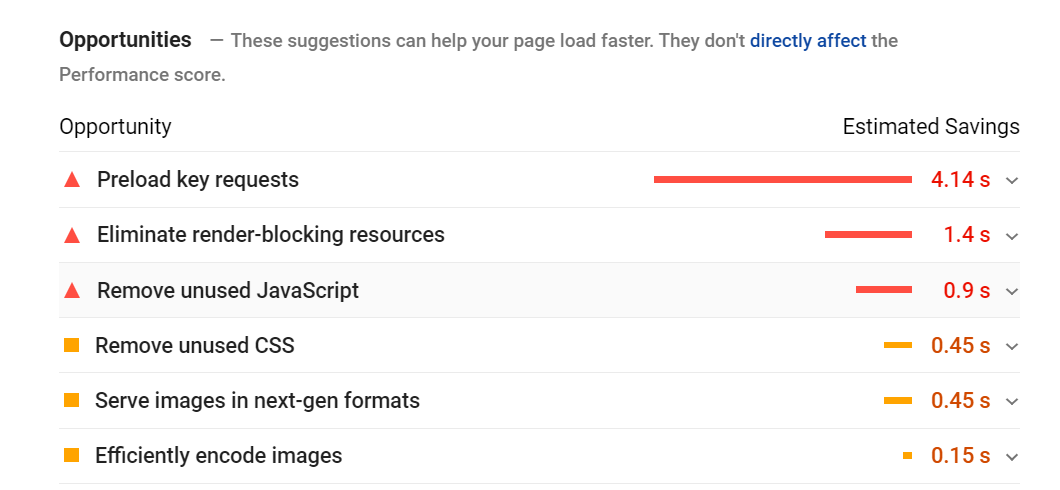
This time, we’ve barely scratched the surface — you’ll certainly need more website optimization tools and, most likely, the help of a skilled developer to make your website fly.
Smooth the buyer’s journey
It all starts with a sign-up process. It shouldn’t be weary or dreadful — after all, it’ll be your visitors’ first impression of your brand. Why not make it perfect?
We all can learn from this example — Poshmark invites their visitors to sign up within one click:
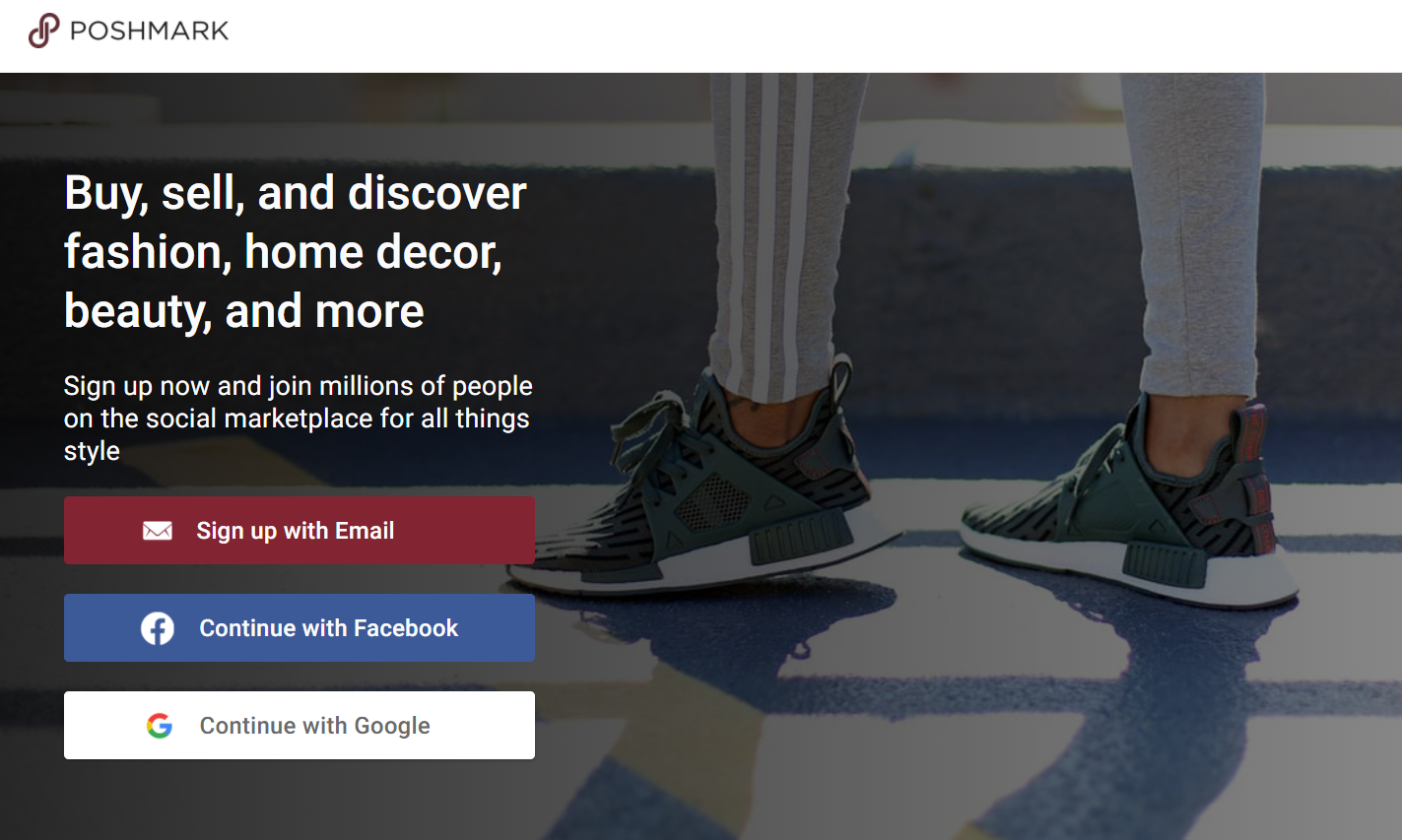
But you can go way beyond that. It makes sense to work on creating an intuitive search — add more filters to help customers find exactly what they want. Smooth out the checkout process by minimizing the number of fields to fill out.
How else can you help your users feel more confident about making an order? Address any potential roadblocks and concerns using the same strategy we’ve mentioned above — showcase all of your options on the same page so that your audience will immediately feel taken care of.
This is how Patagonia helps their customers find a solution for any potential problem:
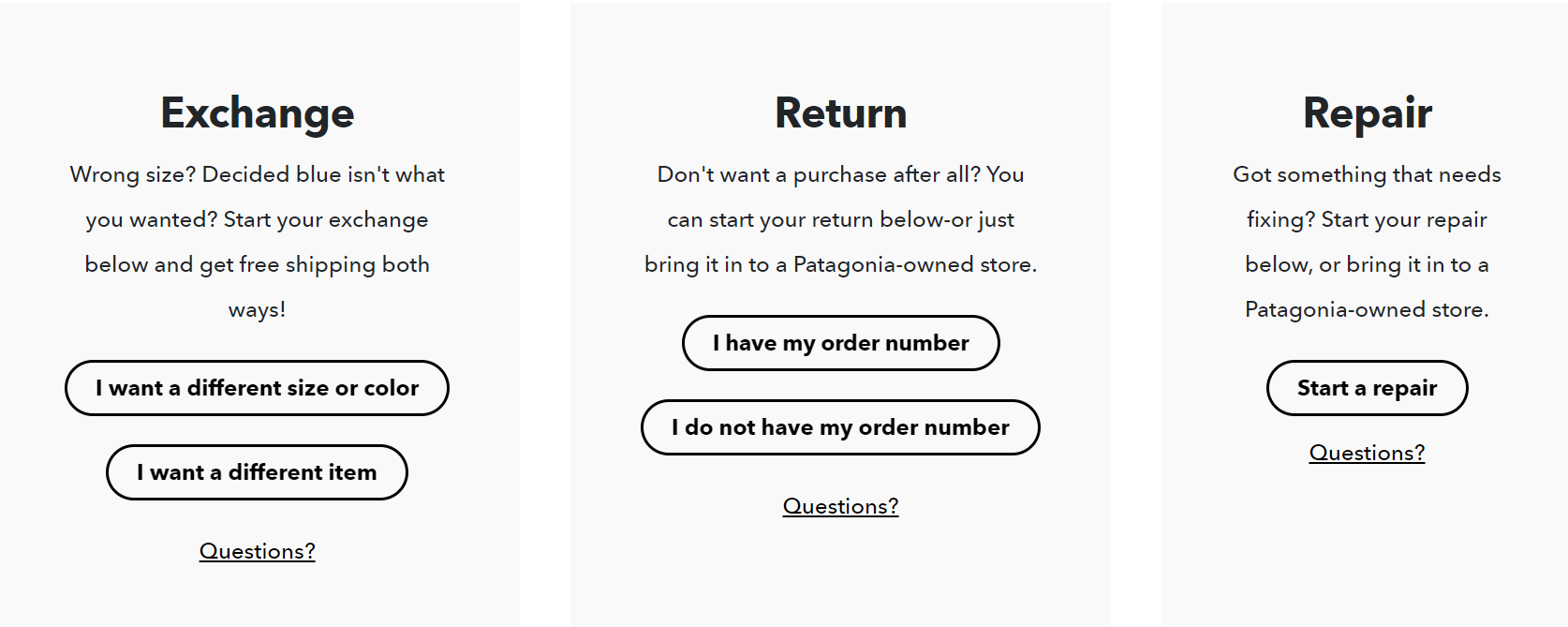
Polish your online reputation
Having a spotless online brand reputation is a dream for many marketers — people are prone to leaving negative reviews because positive or neutral experiences are too easy to forget. But you can turn the tables by replying to every two-star review and acting on the information you receive.
This way, even if your potential customers stumble upon that negative review, they will see that you don’t abandon your disappointed customers and are ready to fix your mistakes:
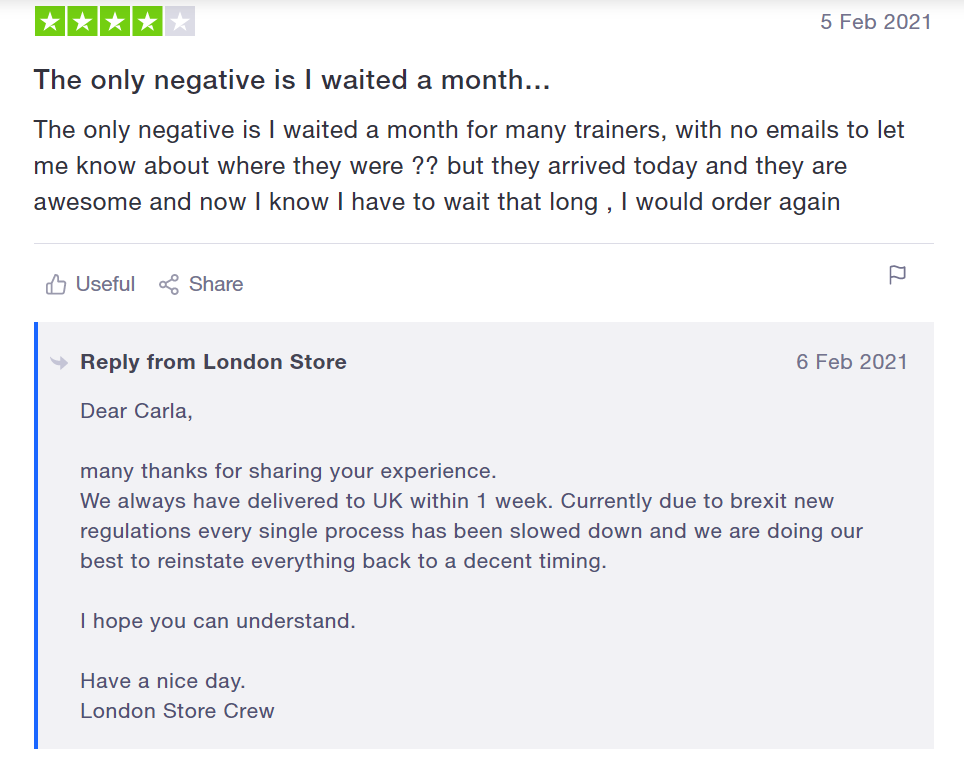
The example above shows us how the London Store’s team is quick to react to every review and explain the unexpected delay. We suggest adopting the same eCommerce strategy and making sure that every buyer’s story has a happy ending, especially if your prospects can easily unearth that story online.
Partner up with influencers on social media
Visual content is still king, and that’s why you shouldn’t ignore Instagram. But, instead of bloggers with constant streams of paid posts, try finding actual influencers — movers and shakers in their industry.
We’ve found what seems to be a perfect example. Olay, an American skincare brand, partnered with an aspiring astronaut Alyssa Carson:

Working with influencers on Instagram is a reliable way to create an additional source of traffic and spread the word about your brand, as long as you choose thought leaders with a real audience.
Tag your products on Instagram
Another eCommerce strategy is to let your target audience shop on their favorite social media platform. Instagram made it possible for business accounts to tag their products and even create a catalog within their profile. From there, a user can go to the company’s website.
Puma and many other brands are already using this feature:
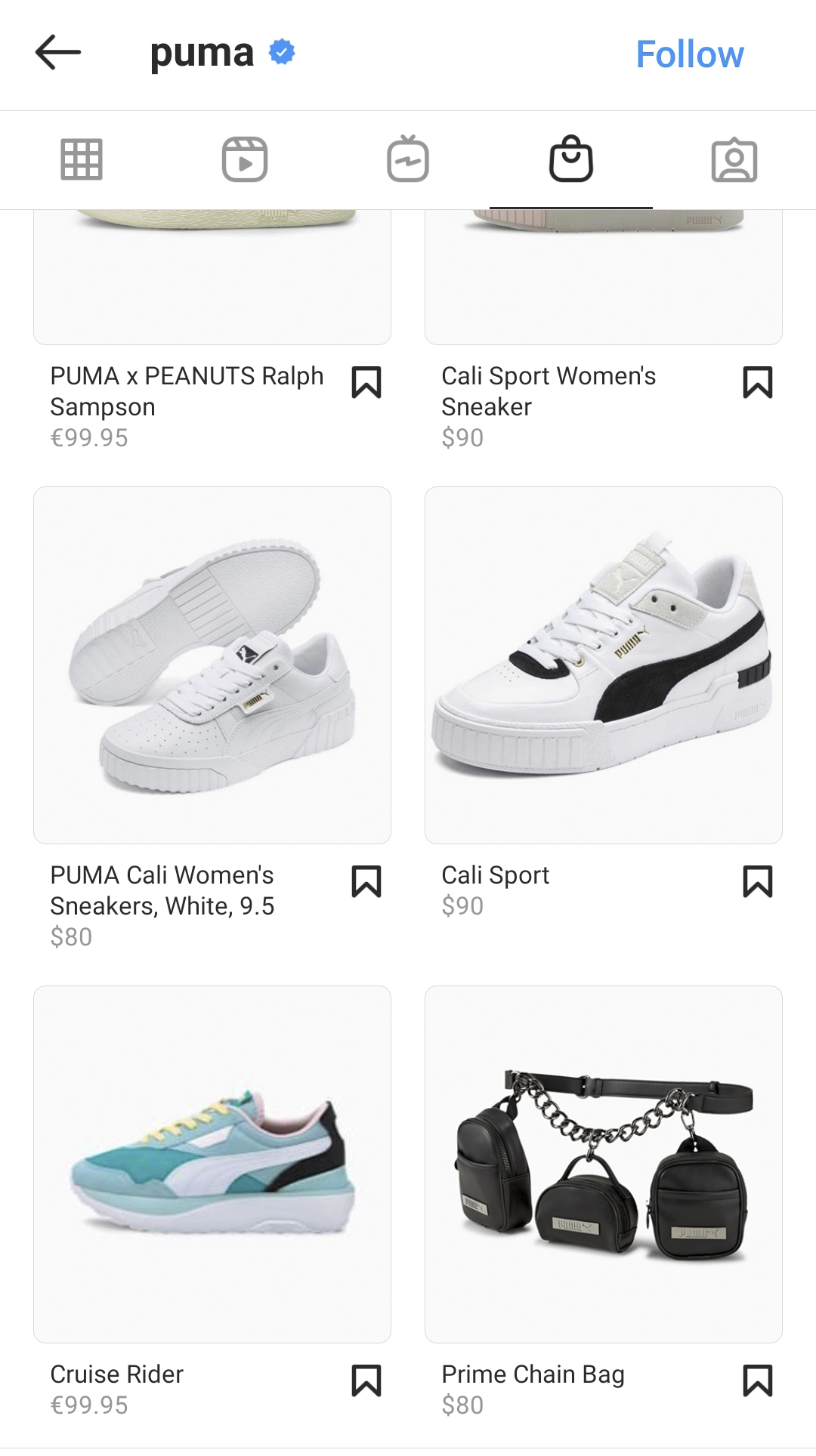
You can check current Instagram rules to find out if you can tag your products. On their page, you’ll see the full list of eligible businesses.
Start a referral program
Acquire new customers by offering a referral discount or a reward for inviting a friend — this eCommerce strategy uses social bonds as a means to spread brand awareness. Also, as we’ve mentioned before, a discount on the first order can incentivize a new prospect to start a relationship with your brand.
Shutterfly offers generous rewards for sharing their offers with friends:

Gift cards are also great for making people talk about your brand and creating the first touchpoint:
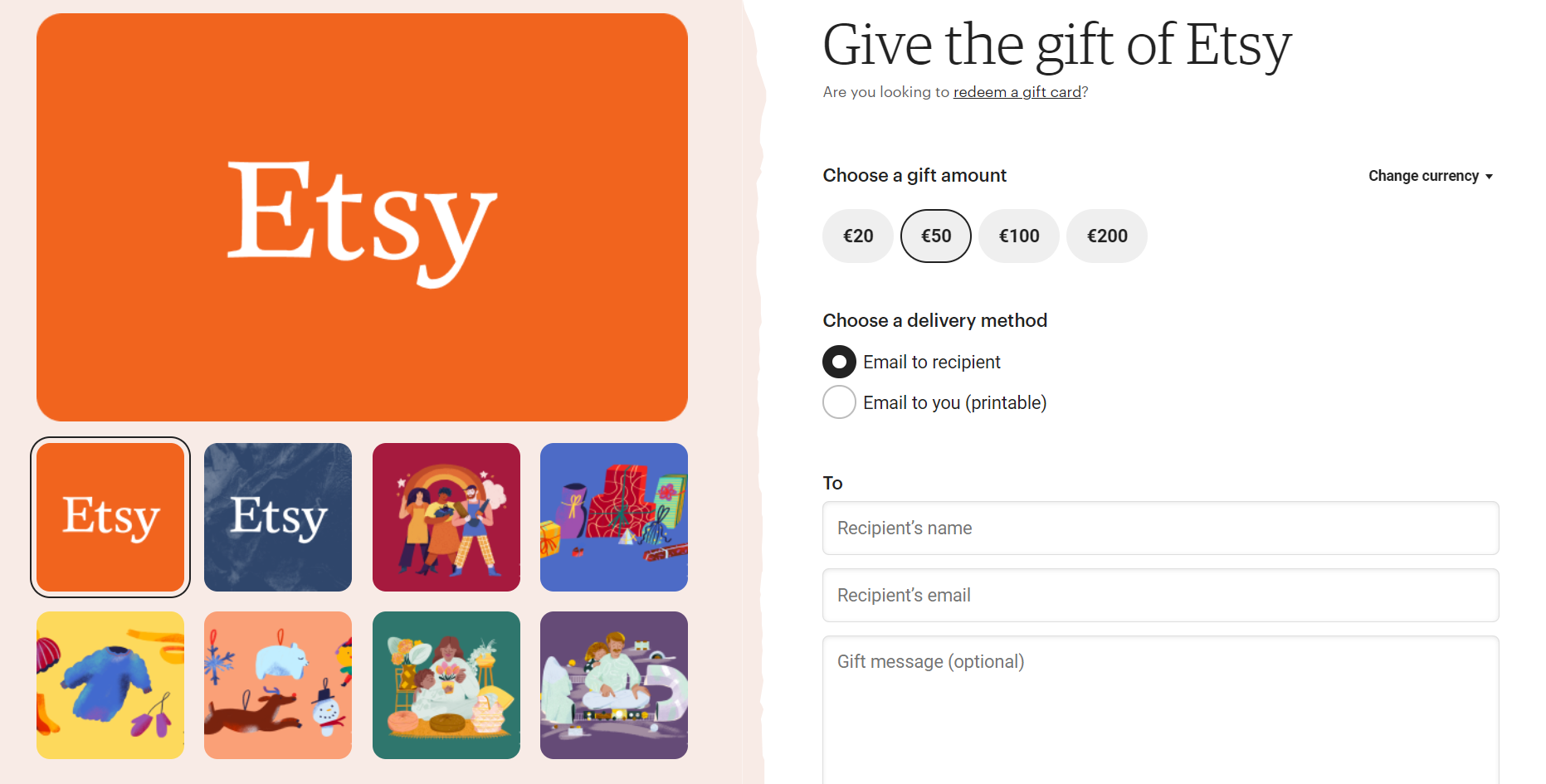
Inject more value into your content
Why should people subscribe to your blog or emails if they’re not in the purchasing mood? Why should they browse through your website if they aren’t planning to buy anything right now? Only valuable content makes people deeply engaged with your brand.
To achieve that, you might need to re-evaluate your content strategy and add more educational content that will be interesting for your users regardless of their purchasing intent. This way, you’ll leave an imprint, a long-term memory, and they’ll come back to you when they feel ready.
Patagonia wants their customers to enjoy their gear and clothes as long as they can, so they share useful videos with tips on how to clean and repair Patagonia items like a pro. Who would ever reveal such a best-kept secret? But Patagonia does, and this genuine approach is why so many people prefer this brand.

Here’s another example of an educational email from a supplement manufacturer. Instead of praising their products, Fullscript simply explains to their subscribers how vitamins affect their health. They also share a downloadable guide on multivitamins to help their audience better understand what their body needs.

Create landing pages
Product pages are great, but some products sell better when they’re presented on stand-alone landing pages. This type of page will help you target specific keywords and softly push your leads towards taking a desired action. Also, you’ll be able to capture high-quality leads interested in a specific product.
Landing pages help you sell more, and this is why creating them is one of the best eCommerce marketing strategies. You can use powerful images, persuasive copy, and social proof to capture and even convert your leads without making them browse through your whole website.
Also, it’s a chance to create a state-of-the-art page that will present your product in the best light:
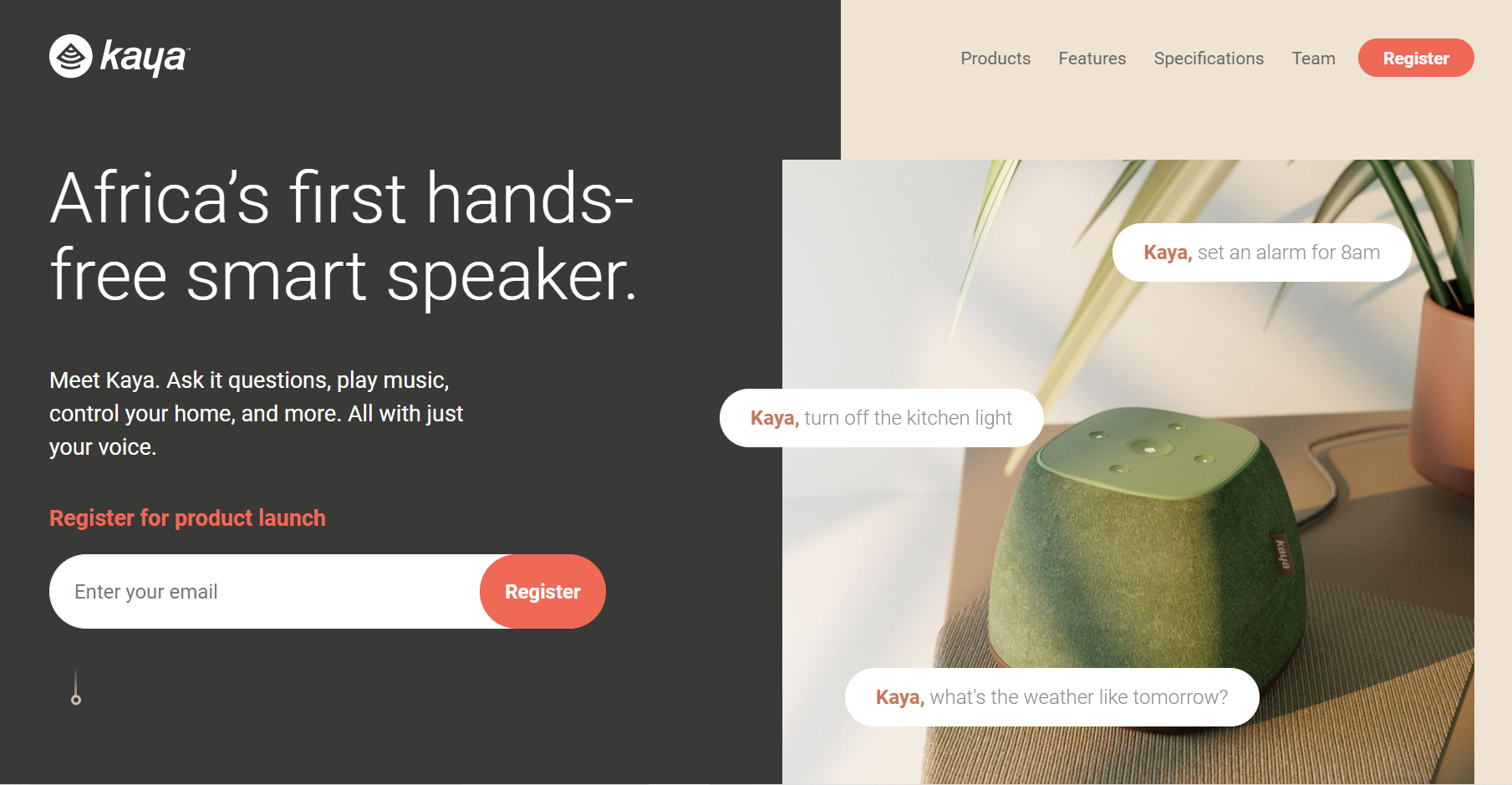
From theory to practice
A wide choice of eCommerce strategies can, understandably, make you feel giddy… unless you use simple but reliable tools that do the lion’s share of work for you. If you aren’t familiar with SendPulse yet, now is the right time to change that.
SendPulse is an all-in-one marketing platform built for sending emails, SMS and creating chatbots for Facebook and Telegram. Yes, you got that right; it can help you with email automation and conversational marketing, which we’ve mentioned in this post.
You will be able to set up automated flows for messengers, push notifications, and more — new dazzling features are also underway. Create and send feedback forms, share your news on social media, and communicate with your audience 24/7 with the help of SendPulse!








